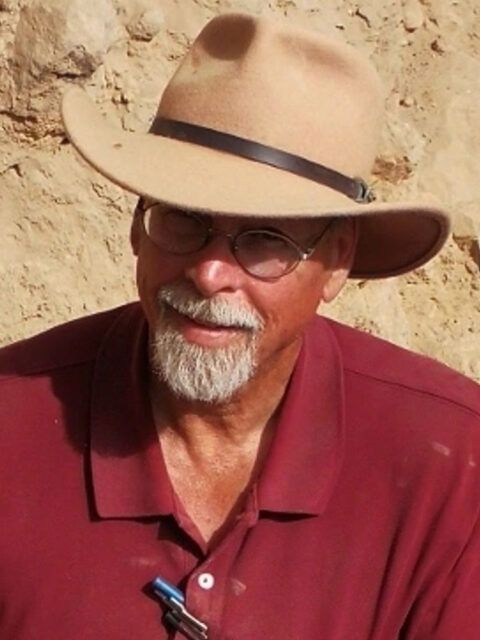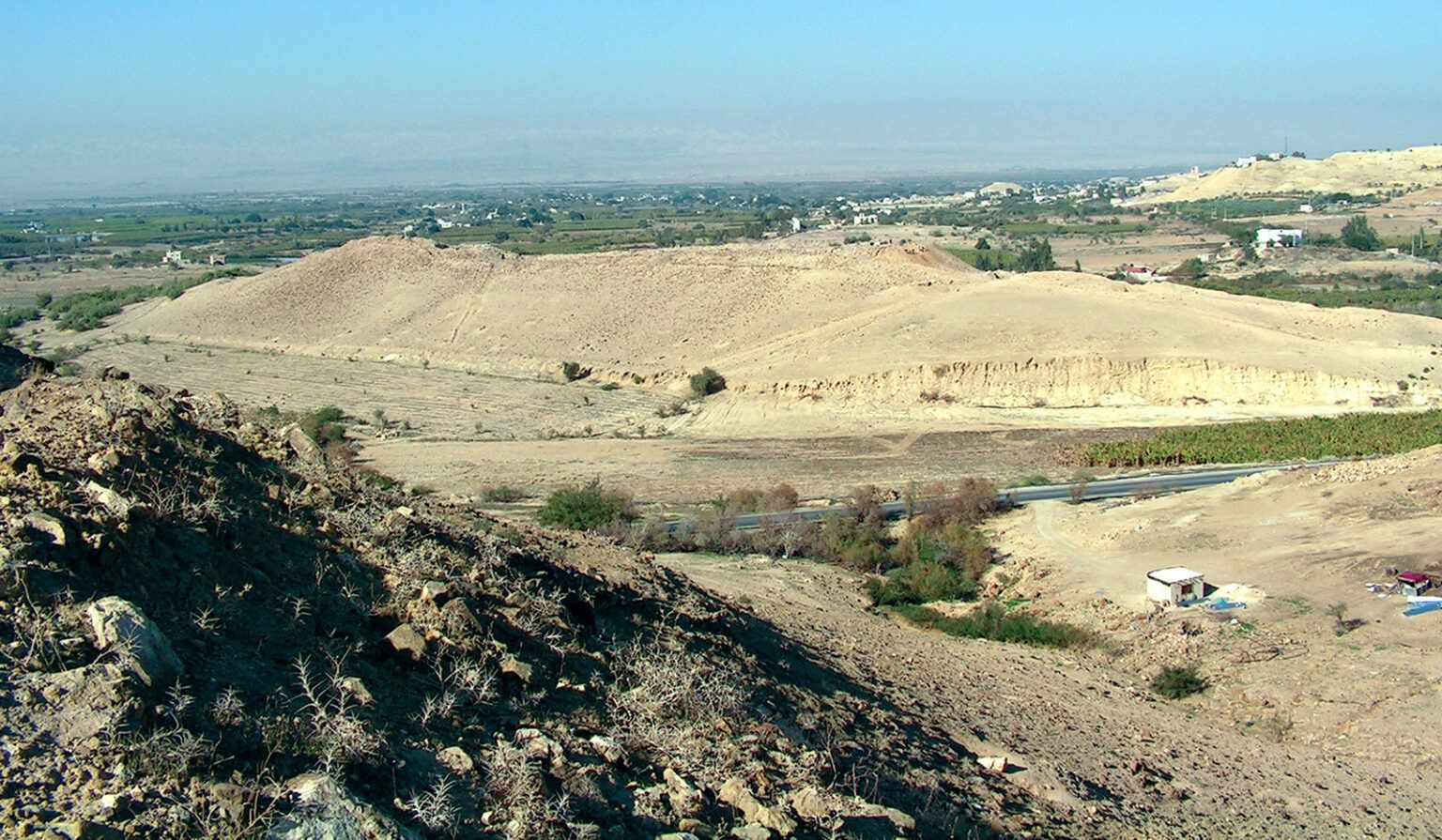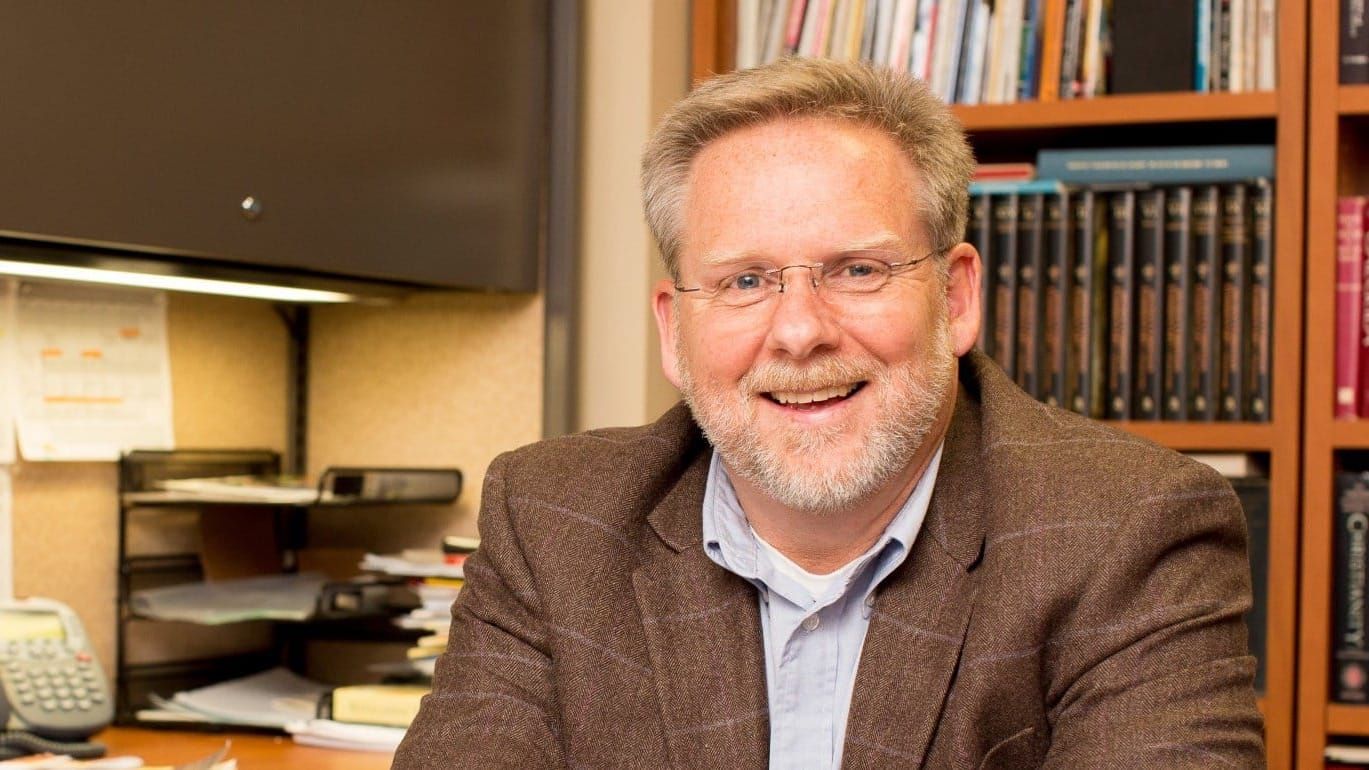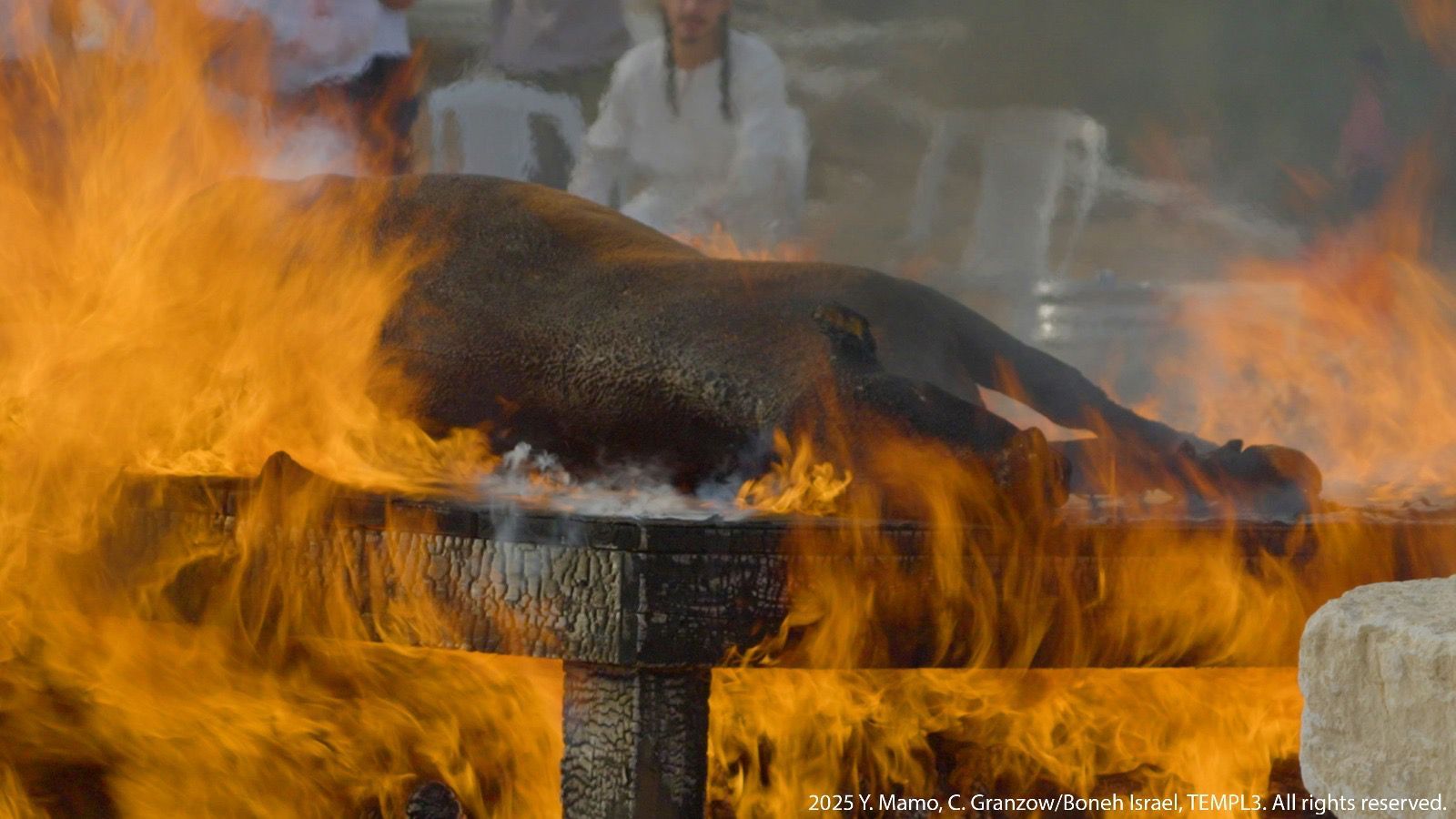The scientific meltdown over a controversial discovery of ‘Biblical Sodom’
The remains of a city’s fiery demise near the Dead Sea have archaeologists at odds.
People participate in the Tall el-Hammam Excavation Project at Tall el-Hammam, an ancient settlement near the Dead Sea, in western Jordan. The Tall el-Hammam Excavation Project is a joint venture by Trinity Southwest University and Veritas International University. Photo via tallelhammam.com
(RNS) — What everyone agrees on is that something unusual happened at Tall el-Hammam, an ancient settlement near the Dead Sea.
In a layer of ancient earth, archaeologists claim to have found evidence of an apocalyptic event: Melted rooftops. Disintegrated pottery. Unusual patterns in the rock formations that can be associated with intense heat. For another three to six centuries after 1650 B.C., the settlement’s 100 acres lay fallow.
But when Steven Collins, the principal archaeologist at Tall el-Hammam, considered the scientists’ evidence in an article that ran last year in the respected scientific journal Nature, he claimed that the incineration matched with the place and timing of the biblical account of Sodom and Gomorrah. This brought down on himself what in academic circles might be called hellfire. That story of Sodom and its sister city Gomorrah is one of the Bible’s best-known stories. Abraham bargains with God to spare Sodom — even then synonymous with sin — to save its few righteous residents. The Lord was having none of it. “Then the LORD rained down burning sulfur on Sodom and Gomorrah,” the Book of Genesis says. Abraham looks back and sees “dense smoke rising from the land, like smoke from a furnace.”
On the face of it, you don’t need to be a rocket scientist to see possible connections between Tell el-Hammam. But in a real sense you do.
(RNS) — What everyone agrees on is that something unusual happened at Tall el-Hammam, an ancient settlement near the Dead Sea.
In a layer of ancient earth, archaeologists claim to have found evidence of an apocalyptic event: Melted rooftops. Disintegrated pottery. Unusual patterns in the rock formations that can be associated with intense heat. For another three to six centuries after 1650 B.C., the settlement’s 100 acres lay fallow.
But when Steven Collins, the principal archaeologist at Tall el-Hammam, considered the scientists’ evidence in an article that ran last year in the respected scientific journal Nature, he claimed that the incineration matched with the place and timing of the biblical account of Sodom and Gomorrah. This brought down on himself what in academic circles might be called hellfire. That story of Sodom and its sister city Gomorrah is one of the Bible’s best-known stories. Abraham bargains with God to spare Sodom — even then synonymous with sin — to save its few righteous residents. The Lord was having none of it. “Then the LORD rained down burning sulfur on Sodom and Gomorrah,” the Book of Genesis says. Abraham looks back and sees “dense smoke rising from the land, like smoke from a furnace.”
On the face of it, you don’t need to be a rocket scientist to see possible connections between Tell el-Hammam. But in a real sense you do.

But last month Steven Jaret, a postdoctoral fellow at the American Museum of Natural History, and R. Scott Harris, a space scientist at Atlanta’s Fernbank Science Center, challenged these conclusions of the 21 scholars, also in Nature, basically hinting that Collins’ group confused run-of-the-mill smelting and pottery processes with heat from an airburst.
A burgeoning group of scientists agree with these two, making much of the fact that Collins’ school is “an unaccredited Bible college.” Paul Braterman, blogging at Primate’s Progress, headlined his take, “an airburst of gullibility.”
“It certainly raises suspicions when an archaeologist makes dramatic claims like ‘this site is Biblical Sodom’ and that person is not credentialed as we expect,” said James Hoffmeier, emeritus professor of Near Eastern archaeology and Old Testament at Trinity Evangelical Divinity School, in an interview with Religion News Service.
But Hoffmeier added, “As we well know, however, there are highly qualified archaeologists whose minimalist presuppositions draw outrageous negative conclusions about the Bible and their work is rarely subjected to critical evaluation.”
In comments to RNS, Collins noted that most of the 21 authors of the paper are scientist peers who worked “six years” to produce their findings. But he conceded that “even if the two critics’ claims are valid about the failure to meet the crystalized criteria for extraterrestrial matter, it doesn’t even touch the melted room, plaster, humans, etc.”

The archaeological site of Tall el-Hammam in western Jordan. Photo by Deg777/Wikipedia/Creative Commons
He reiterated his agreement with the findings of the authors of the original paper, going a step further to claim it’s sure evidence of the biblical account of Sodom’s fall. In one of his many video clips he claims he’s walking through the mudbrick gate of the city, “We are now entering Sodom!”
But besides the causes of the destruction, Tall el-Hammam’s link to the biblical events has another test that is perhaps more difficult to prove — its date. The Bible chronology watchdog Answers in Genesis, along with many others such as Bryant Wood, editor of Bible and Spade, are rather candid in putting the fall of Sodom some two centuries off. Collins has gained traction, at least in the media, and a few scientists and some Bible scholars are telling him to keep looking. Tall el-Hammam, the largest known city of its era in the region, is the best candidate that has surfaced.
But the intense criticism from the larger fraternity of scientists includes assertions that some of the original papers’ authors have been too quick in the past to identify bolides. Science Integrity Digest pointed out that eight of the 21 authors are founders of the Comet Research Group, which has attempted “to show that ancient cities were frequently destroyed by comets, and to do something about comets before ‘your city is next.’”
But Hoffmeier reminds us that scientific debate can proceed without ridicule. “Walter Rast and Tom Schaub in the 1970s-’80s had advanced the idea that Bab ed-Dra and Numeira were associated with Sodom and Gomorrah,” he said. “Their idea was evaluated by the discipline and rejected. I think Collins and his team should be afforded [such] a courtesy.”



